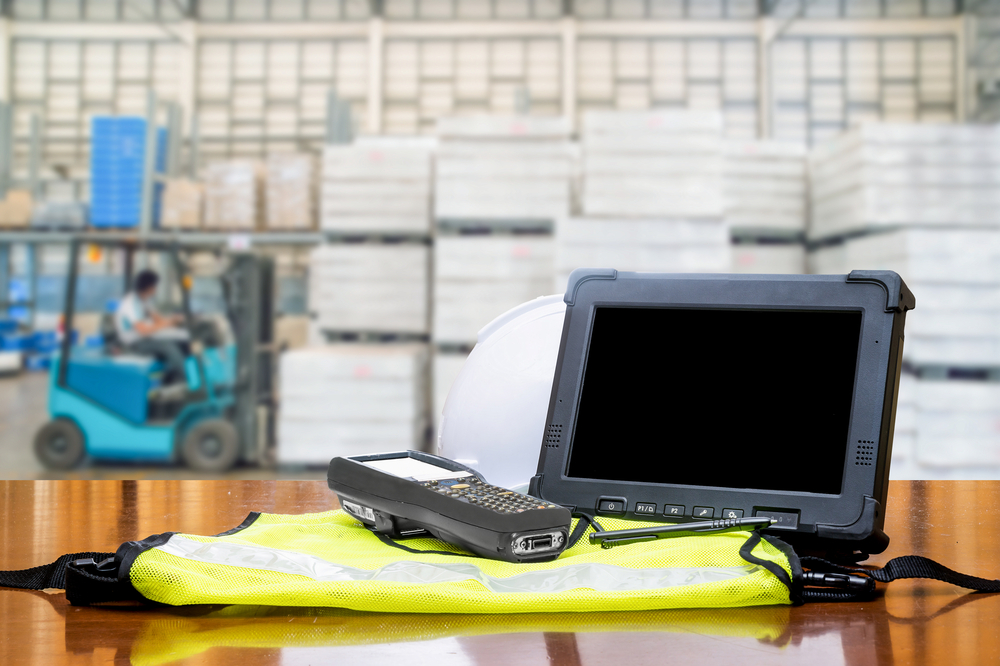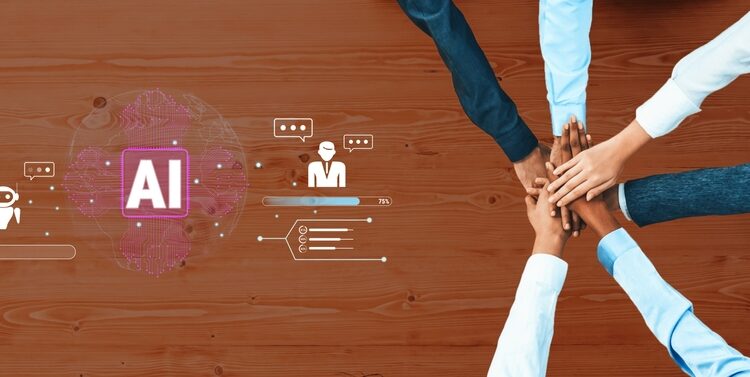This guide explores recommended ways to migrate to enterprise-class Android-based handheld devices in warehouses. It offers important considerations to make to reap the benefits of modernising warehouses with optimised workflows, improved productivity and reduced time for employee training and onboarding.
The modernisation of warehouses is being driven by a confluence of factors.
Increasing fulfilment demands require the right devices
With the boom in e-commerce, warehouses are challenged to do everything better and faster. They are expected to meet increasing fulfilment demands and optimise efficiencies with streamlined workflows powered by smarter, data-driven insights.
To meet these challenges, 77 percent of surveyed warehouse IT and operational decision-makers responded that augmenting labor with technology is the best way to introduce automation and optimise workflows. More than 60 percent recognised the value of investing in warehouse mobility devices, rugged tablets and wearable computers and plan to invest in them by 2022.
E-commerce and the on-demand economy are driving businesses with warehousing operations to expand their physical space, increase the speed at which they do business and, as a result, face a variety of labor challenges. More than 80 percent of warehouse leaders expect to see an increase in stock keeping units (SKUs) carried, and volume of items shipped by 2024. As a result, nearly 90 percent of surveyed companies in Zebra’s 2024 Warehousing Vision Study expect to expand the size of their warehouse footprint, and more than 80 percent expect to increase the number of warehouses by 2024 to meet these challenges.
Technology can help offset labour challenges
Meanwhile, operations in warehouses are experiencing labour shortages. Sixty percent of leaders reported labor recruitment, efficiency and productivity among their top challenges, which means not only are warehouse floors potentially short-staffed, but it’s costing businesses time and money to train new employees. As a result, warehouses are going to need to ensure they have the right intuitive technology in the hands of their front-line workers to optimise the work that needs to get done.
Enterprise-class mobile devices can help offset the impact of labour shortages by automating processes, simplifying worker training and hasten tasks such as picking, packing and loading. Mobile computing technologies give workers the tools they need to accelerate tasks with greater accuracy.
Microsoft continues to sunset support
Microsoft de-vested in the Windows Mobile operating systems (OS) and is sunsetting extended support for Windows Embedded Handheld 6.5 OS this year, and by 2021 for Windows Embedded Compact 7.0 OS. This means that although the Windows-based handheld computers warehouse workers use daily for critical tasks may still be functional, those devices are at greater risk for security breaches, software malfunctions, and functional limitations that don’t support evolving operational needs. Continuing to use unsupported Windows applications can hinder productivity, efficiency and competitiveness.
Warehouse leaders should consider migrating to intuitive Android-based mobile computing devices if they want to keep up with the demands of modern warehouse workflows and be positioned for success. Migration doesn’t have to be disruptive. In fact, it can enable efficiencies that weren’t possible for your operations before.
Migration Steps: Assess, Define and Choose
Companies need to employ the right device for each workflow based on the planned usage and application. By following proven steps, businesses can quickly increase operational efficiencies, improve worker productivity and reduce costs with their Android migration.
- Assess your current state
Before any new implementation, assessing and understanding the current state of your devices is paramount. Here are some considerations to take into account:
- Hardware: Determine whether your current devices are capable of running an Android operating system.
- Software: Identify whether you’ll need to reconfigure or replace your software applications.
- Form factors: Take inventory of your form factors—vehicle mounts, handhelds, wearables and tablets—and think about your workflows. New form factors may be more efficient for different operational areas in the warehouse and each form factor could be optimised with different software features to improve workflows. The latest wearable display technology creates a new category of mobility that can be used for high-volume activities like picking and sorting and may be the best choice to replace older wearable technology like voice-directed systems and even light-directed picks and sorts.
- Architecture: Assess your current client architecture. It may be time to simply reconfigure or replace for greater order volume and fulfilment velocity.
- User Interface: Choosing between browser-based, Telnet/Terminal Emulation (TE) or an app interface can be difficult as each has their own advantages. Take a closer look at operations and seek user feedback to help decide which is best for your business needs.
- Define your future “To Be” environment
This is your opportunity to identify what’s working and what’s not, then reconfigure your technology strategy to fix workflow problems and introduce new efficiencies. If you have been using the same workflows for three to seven years, your processes may not be as current as they should be for the speed of business today. This is the time to imagine your ideal, or future “To Be” environment.
Warehouse operations and information technology leaders will need to decide whether they want to continue offering the current user experience on supported hardware, or leverage the value-added capabilities offered by Android, including:
- Touch-optimised and graphic user experience that’s easier and more productive to learn and use
- Productivity boosts with modern workflow and user interface
- Applications developed specifically on the Android platform and designed to increase productivity and management
- Performance improvements with modern mobile architecture
- New applications that offer text and voice connectivity
- Enhanced security, control and simplified management with software
- Location-aware solutions utilising Bluetooth Low-Energy (BLE) and other technologies
Evaluate the value that touch-optimised devices can bring to your workflows. It may be that some of your operations will benefit from a touch-only device, while others should still rely on key-based data entry. A combination or hybrid devices with both traditional keys and graphical, all-touch TE may be appropriate.
Consult with your warehouse management system (WMS) provider to see if they offer a touch-optimised Android application. This can help you determine if your provider will support your workflows as you aim to optimise them. However, if your WMS provider offers only legacy TE, you might choose to go live with that on Android and work with your TE provider to touch optimise the user experience for high-impact workflows like picking.
Modernise for mobile device and operational stability
Mobile device reliability is critical to enable the operational stability warehouse operations need to meet the demands of today’s customers. That’s why migrating to Android thoughtfully is crucial to improving productivity and efficiency, as well as eliminating costly fulfilment errors and delays. It’s time to get the right devices in the hands of your workers by modernising your warehouse.










Discussion about this post